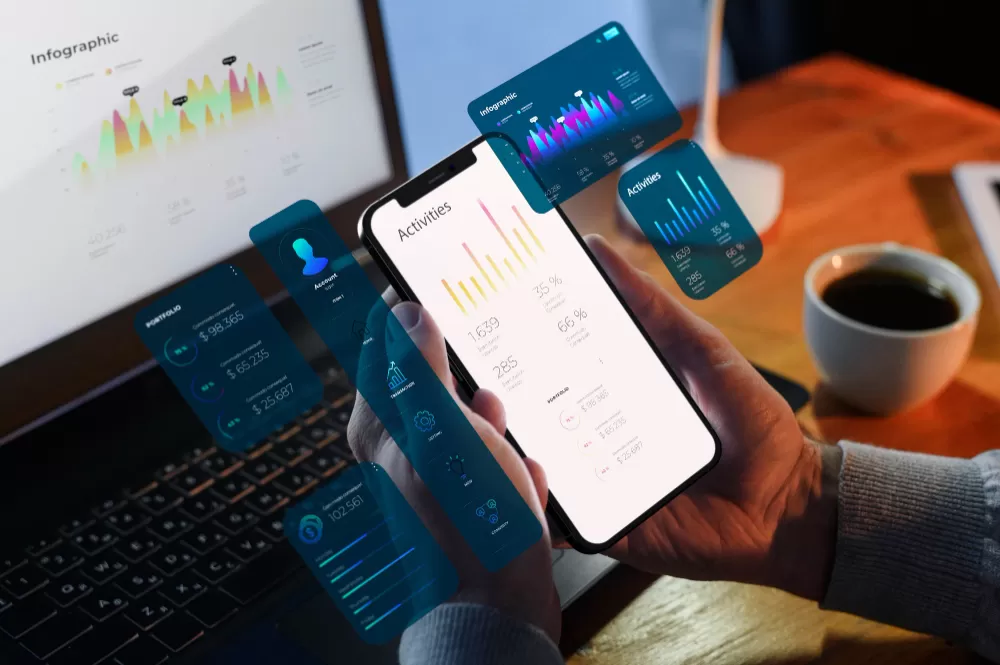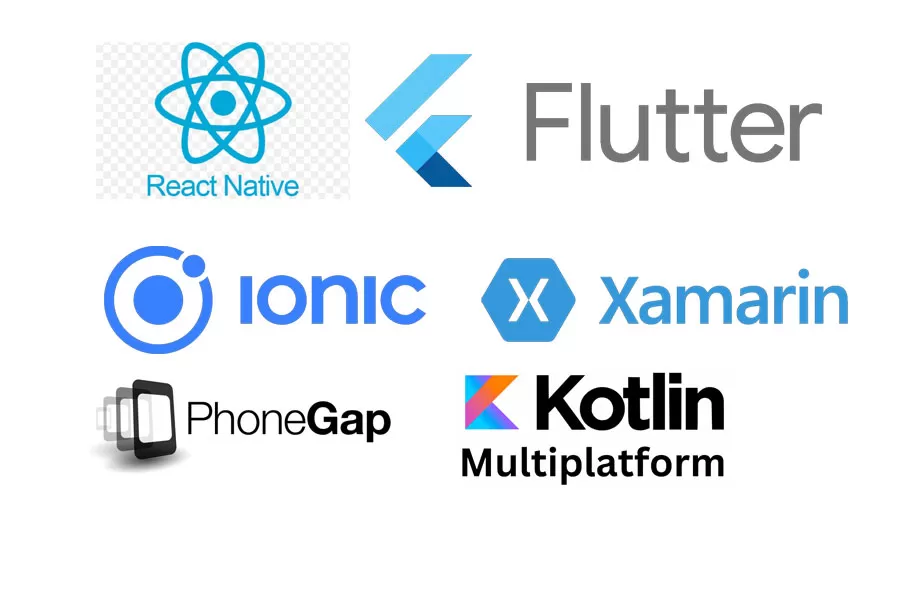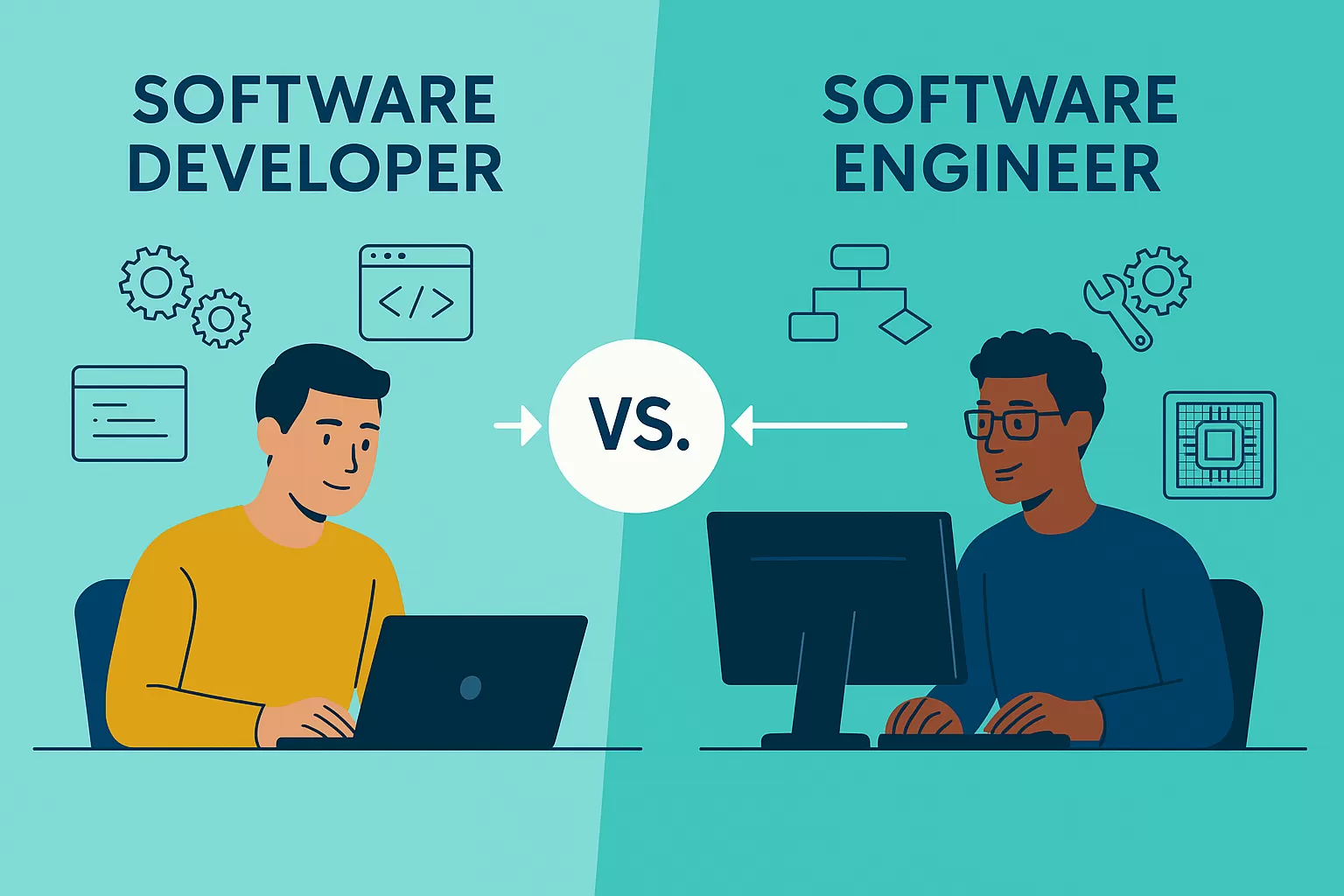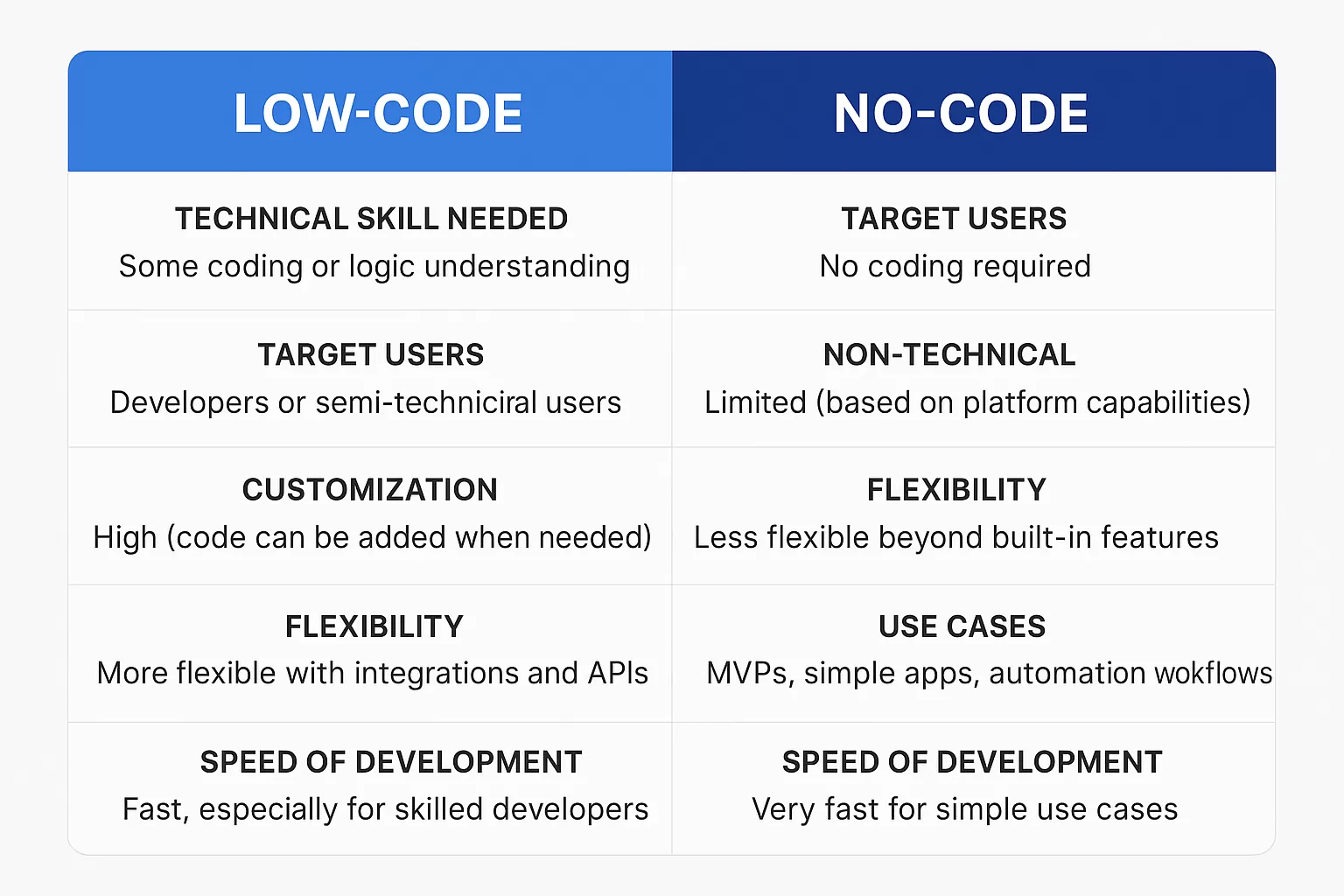
- Services .
- Industries .
- Company .
Explore detailed insights, expert opinions, and updates in our blog. Stay informed, discover new perspectives, and enhance your knowledge with every read.

In today’s digital world, having a mobile app for your business can be a game-changer, helping you reach a wider audience, enhance customer engagement, and increase sales. However, developing a mobile app can be an expensive and time-consuming endeavor. Luckily, with the introduction of Flutter, a powerful open-source framework by Google, building a high-quality mobile app can be done in a more cost-effective and efficient manner.
In this blog, we’ll explore how you can leverage Flutter to build a cost-effective app for your business, the benefits of using Flutter for app development, and how it can help you grow your business without breaking the bank.
1. Why Choose Flutter for Your Business App?
Flutter is a cross-platform framework that allows developers to write a single codebase that works seamlessly on both iOS and Android. This approach can save you a significant amount of time and money compared to traditional methods where separate codebases are required for each platform. Let’s dive into the key reasons why Flutter is a great choice for building a cost-effective business app.
Key Benefits of Flutter:
2. How to Build a Cost-Effective Flutter App for Your Business
Building a mobile app with Flutter can be an affordable yet highly effective way to expand your business. Here’s a step-by-step guide to help you build a Flutter app that will meet your business needs without overspending.
Step 1: Define Your App’s Objectives and Features
Before starting the development process, it’s crucial to define the core features and objectives of your app. Here’s how you can do it:
Step 2: Hire Skilled Flutter Developers
Hiring the right development team is crucial for creating a high-quality app. You can either hire in-house developers or opt for freelance developers or development agencies. Flutter developers are in high demand, and there are many talented professionals who can help build your app at an affordable cost.
Here are some ways to save on development costs:
Step 3: Leverage Pre-built Flutter Widgets and Plugins
Flutter’s ecosystem has a vast array of pre-built widgets and plugins that can significantly reduce development time and costs. By using these ready-made solutions, you can avoid reinventing the wheel for common features and functionalities.
For example:
Step 4: Use Efficient UI/UX Design
A great user experience (UX) and user interface (UI) design are critical to the success of any mobile app. Flutter’s rich set of UI components allows you to create beautiful, interactive interfaces without the need for complex design work.
To keep costs low:
Step 5: Test and Optimize for Performance
Once the app is developed, it’s crucial to thoroughly test it to ensure that it works smoothly and efficiently. Flutter allows you to write unit tests, widget tests, and integration tests to catch bugs early and optimize performance.
Here’s how to optimize the app:
3. How Flutter Can Help Grow Your Business
After your Flutter app is built and launched, it can provide several advantages that will help drive business growth:
a) Wider Audience Reach
With a single codebase for both iOS and Android, you can reach a larger audience without the cost of developing two separate apps. This allows your business to tap into a global market and gain exposure to a broader user base.
b) Better User Engagement
With Flutter’s beautiful UI components and fast performance, users are more likely to engage with your app. Additionally, the ability to send push notifications keeps your customers informed and engaged, driving retention and repeat business.
c) Cost-Effective Marketing
A mobile app can serve as a direct marketing tool to reach your customers through in-app messaging, push notifications, and personalized offers. This can lead to higher conversion rates and increased customer loyalty.
d) Scalability
Flutter’s flexibility allows you to scale your app as your business grows. Whether you’re adding more features, expanding to new platforms, or handling a larger user base, Flutter makes it easier to scale your app efficiently.
Conclusion
Building a cost-effective business app doesn’t have to be a daunting or expensive task. With Flutter, you can create a high-quality, cross-platform app that drives business growth without breaking the bank. By leveraging Flutter’s features, such as a single codebase, pre-built widgets, and fast development cycles, you can reduce both development time and costs.
By following the steps outlined above—defining clear objectives, hiring skilled developers, using pre-built components, optimizing for performance, and ensuring a great user experience—you can create an app that boosts your business’s visibility, improves customer engagement, and helps you stay competitive in today’s digital world.
So, if you’re ready to take your business to the next level, Flutter is the framework you should consider. It’s cost-effective, flexible, and powerful, making it the ideal choice for growing businesses.

How to Economically Hire Web and Mobile App Developers

Cross-Platform App Development Guide for Startups

Custom Web Application Development Guide for Startups

AI in Foreign Policy: Transforming Global Diplomacy

How AI and 5G Are Reshaping the Future of Telecom

How AI Is Shaping the Future of Entertainment Content

Solving Tech Debt: Smart Strategies That Boost Growth

Software Developer vs. Software Engineer: What’s the Difference?

Low-code vs. no-code app development

What Is Digital Transformation? A Modern Business Guide